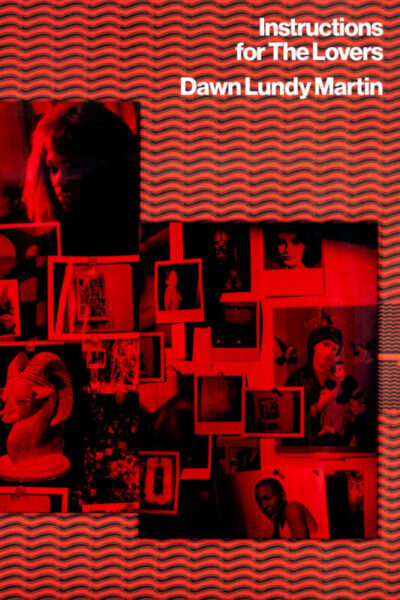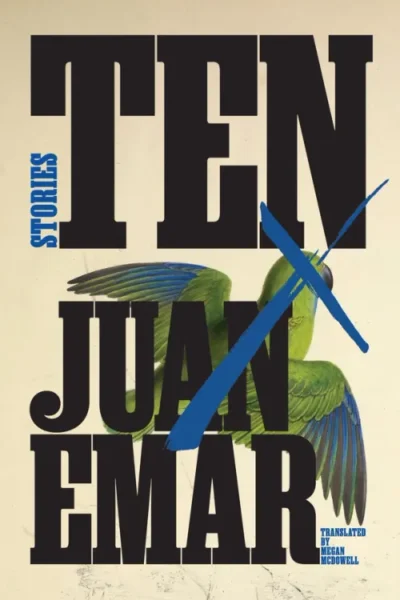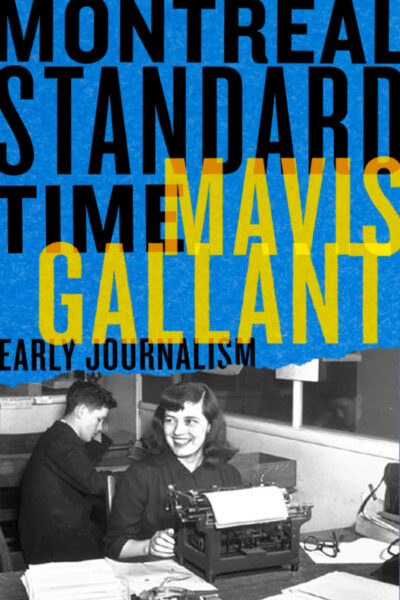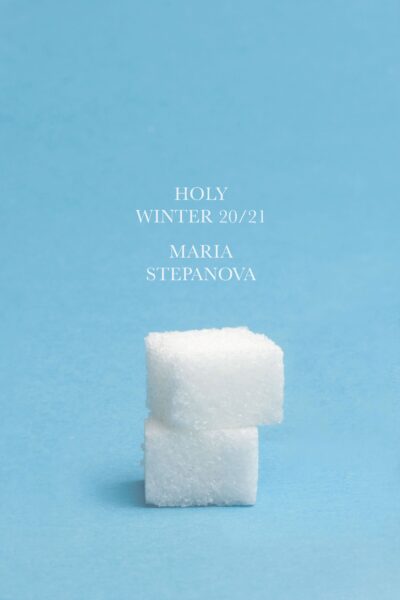The space of the imagination in all its surreality is the space in which the stories [in Bhanu Pratap’s CUTTING SEASON] are anchored.
The Burning Plain – Juan Rulfo
The real perpetrator of violence in THE BURNING PLAIN is [the] cycle of poverty and the systems that engender it. The characters in these stories are so vulnerable that their existence rests on an edge, and the smallest upheaval or change becomes magnified and topples them completely.
Instructions for the Lovers – Dawn Lundy Martin
In this summer of institutionally sanctioned murder, the poet wakes each morning to “a fireheart grief” and drinks her coffee “into the griefmouth.”
For all its formal intricacies [About Ed] never comes across as an act of literary showmanship. Instead, it reorients a narrative genre that too often hinges upon the irreducibility of its subject to face outward, toward the social formations that shape us.
Generation Loss – Elizabeth Hand
It was true in 1959, it was true in 2007, and it is true in 2024 that a woman is considered upsetting when she can’t roll with the world. Hand’s Cass Neary distinguishes herself from Jackson’s tradition by intentionally refusing to aspire to a mainstream life and surviving anyway.
In [Juan Emar’s] work . . . we can discover the possibilities of a literature that both resists and reconciles the European tradition with the rest of the world. It is in writers like Emar that we can find what Goethe called a Weltliteratur—a World Literature–and a Latin American tradition which . . . has vigorously and defiantly come back to life.
Phantom Pain Wings – Kim Hyesoon
If loss is a small hammer veining an otherwise intact shell, then grief is what shatters that shell into pieces in Kim Hyesoon’s complex collection PHANTOM PAIN WINGS.
Montreal Standard Time: The Early Journalism of Mavis Gallant
A self-effacing stylist, Canadian but not, an expat in Paris decades after Stein and her lot, after even Baldwin, impossible to categorize. Who is she, really? A writer very much her own.
A member of the Métis Nation and an Edmonton resident, Kerr . . . highlight[s] what happens when activism does not move the needle in the intended direction.
Holy Winter 20/21 — Maria Stepanova
Stepanova’s collection is deeply ambivalent about the role of historical rhymes











